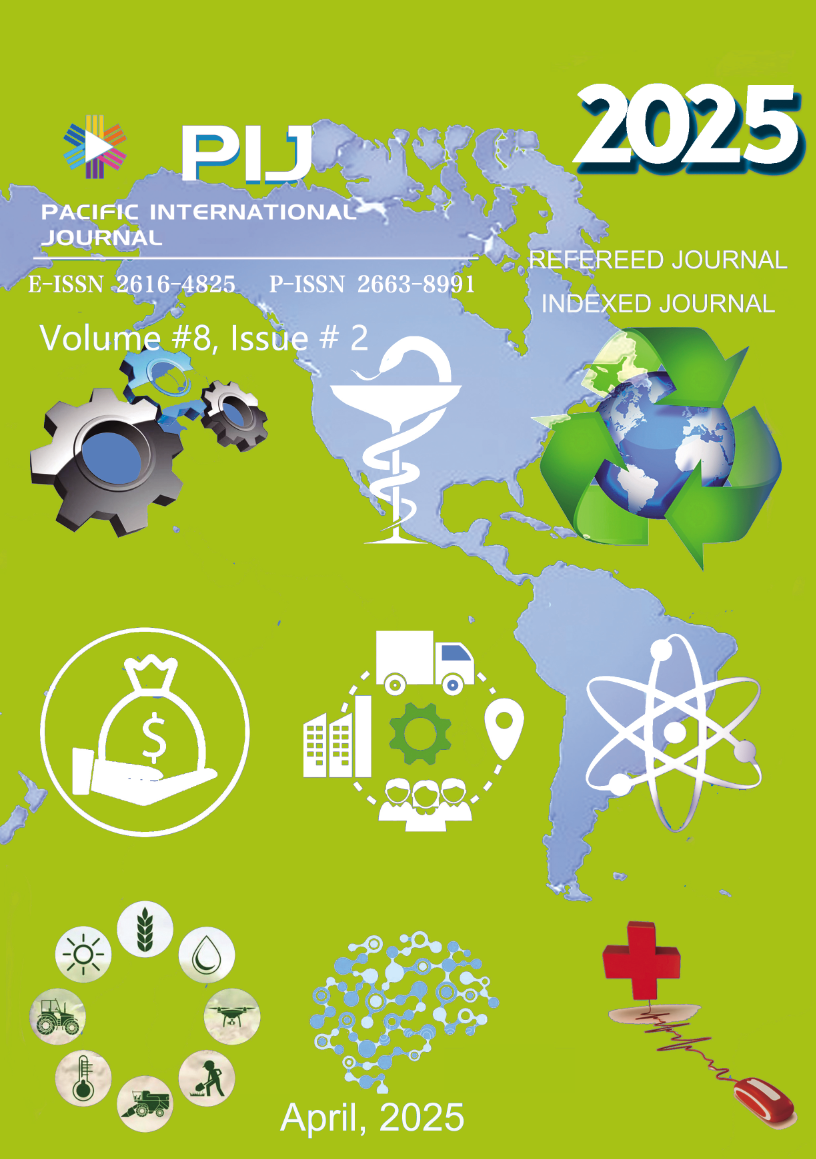Ethical Practices of Physical Education Teachers in the Training of Sports Trainees
DOI:
https://doi.org/10.55014/pij.v8i2.814Keywords:
Sports Trainers, Ethical Responsibility, Ethical Decision Making, Physical Education TrainersAbstract
This study evaluates the ethical practices of Physical Education trainers at Shandong Binzhou College through the perspectives of 300 student-athletes across individual and team sports. Using a descriptive-comparative design, the research found that trainers demonstrated high ethical standards during competitions, particularly in respecting game rules (mean=3.55), maintaining composure when losing (mean=3.55), and ensuring fairness (mean=3.55). Training sessions showed slightly lower ethical adherence, with composite means of 3.40 for competitions and 3.26 for training. Demographic analysis revealed no significant differences in ethical perceptions based on athlete age, gender, or experience, though individual sport athletes rated trainers 5% higher ethics than team sport peers. The study identified three critical ethical gaps: inconsistent emotional regulation during losses, limited athlete autonomy in decision-making, and variable transparency in dilemma resolution. These findings informed the development of a comprehensive trainer's guide featuring workshops on ethical leadership, communication skills development, and accountability systems, with an implementation budget of 56,000 RMB. The research underscores the pivotal role of trainer ethics in shaping athlete development and recommends biannual ethics training, mentorship programs, and transparent evaluation mechanisms to standardize ethical practices across all sports disciplines.
Downloads
Downloads
Published
How to Cite
Issue
Section
License
Copyright (c) 2025 Pacific International Journal

This work is licensed under a Creative Commons Attribution-NonCommercial-NoDerivatives 4.0 International License.





